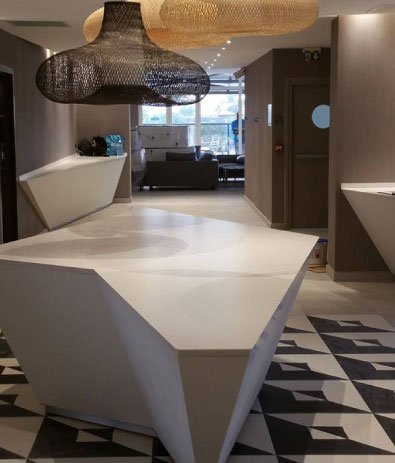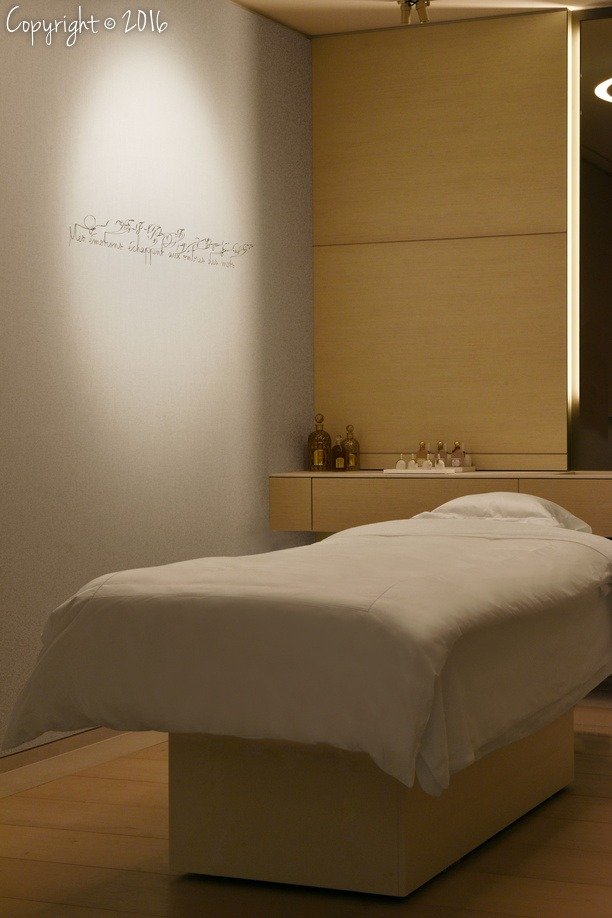Quality and environment On the way to the future of the planet
Environmental quality An active and voluntary policy
The CAA Group and all of its subsidiaries have implemented an active environmental management system. An installation classified for the protection of the environment (ICPE), the Group pursues a proactive policy aimed at going beyond the only regulatory framework, whether in terms of its purchases or its practices or techniques.
Both inside its workshops and on construction sites, measures are taken to reduce the impact on water, air or noise. We measure and reduce our dust and VOC emissions, have powerful suction systems and water retention basins. Particular effort is being made to sort waste, reduced to a minimum and scrupulously sorted. They are subject to a rigorous traceability system, identified according to their nature so as to prohibit their mixing and to adapt the means of collection or treatment, then to promote their recovery.
The CAA Group regularly works on High Environmental Quality (HQE) sites and practices the provisions of the Clean Construction Site charter. We are uncompromising in respecting delivery procedures, managing skips and sorting, respecting schedules to carry out noisy work, and maintaining the site layout (cleaning areas, management of fences, signage, etc. .). Our measures, adapted to each site, aim to limit nuisances (sound, visual, olfactory), pollution (dust emissions, effluents), and to improve working conditions (safety, user comfort).
Virtuous purchases Careful industrial practices
The practice of nesting Save raw material

The CAA Group’s environmental policy translates into concrete investments: studied and scheduled for 2020 by our management, the introduction of a nesting platform will see the light of day in 2022 in our main production unit, at the company’s headquarters.
Commonly used in the USA, nesting is less well known in France. It consists in optimizing the flow rates by amalgamating all the parts on the same panel. Optimized over its entire surface, it makes it possible to observe a dizzying drop in the rate of falls. The savings in raw materials over one year of production are considerable. In addition, the nesting technique will promote the sorting of pure wood waste, that is to say very little additive.
Tell us about your projects





